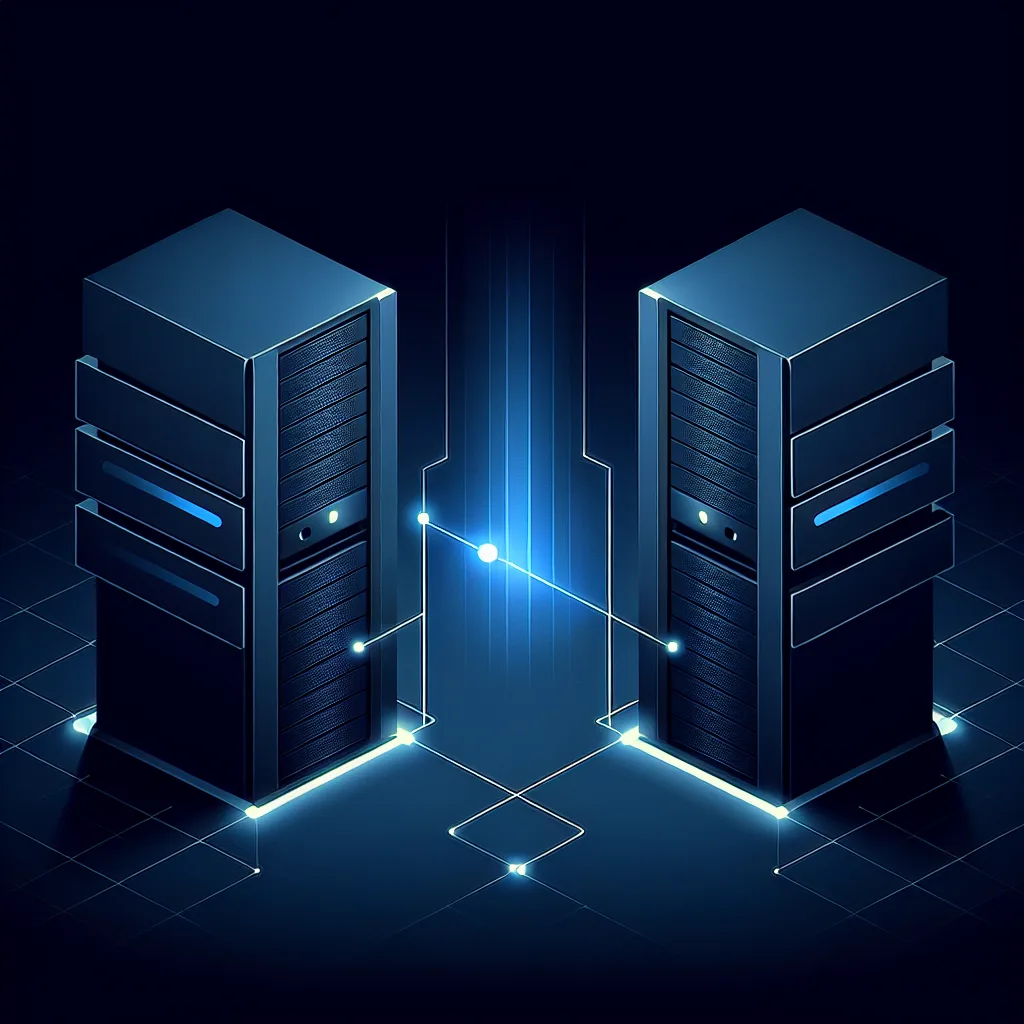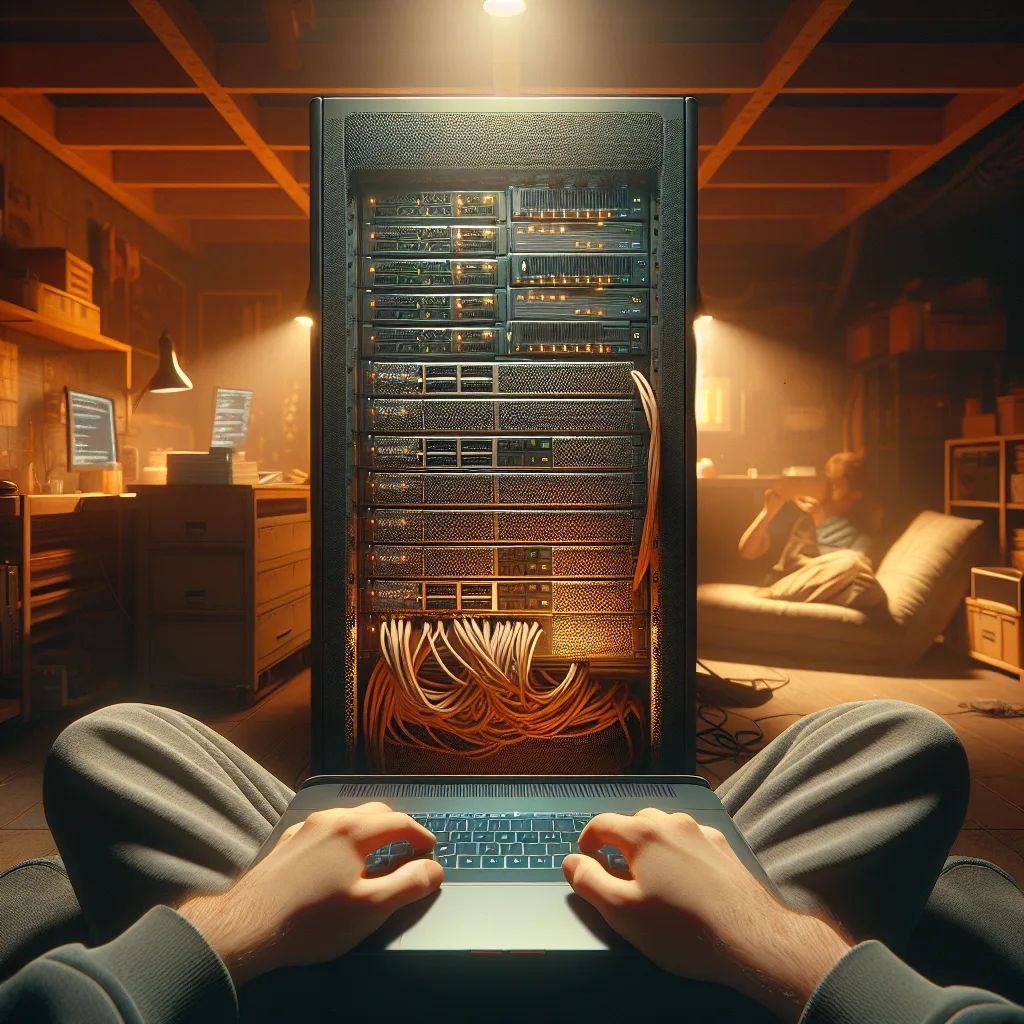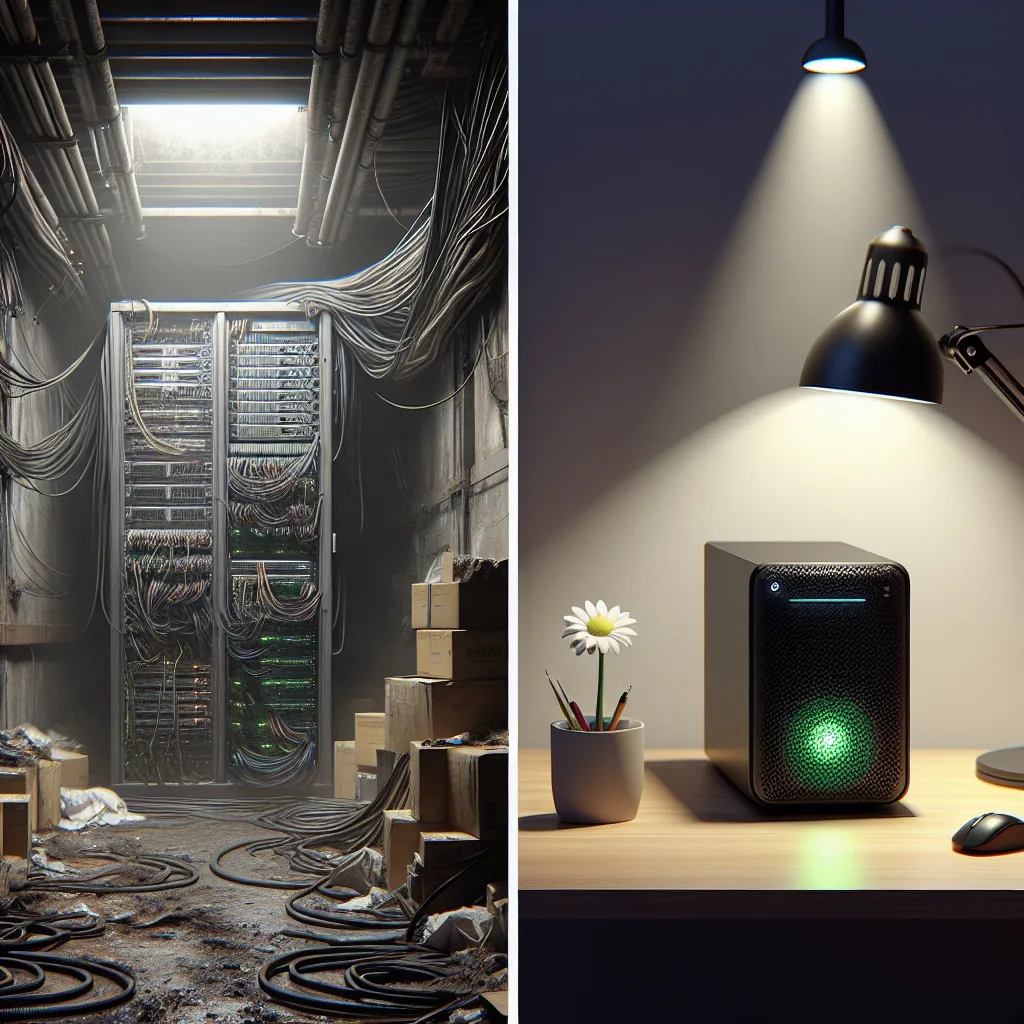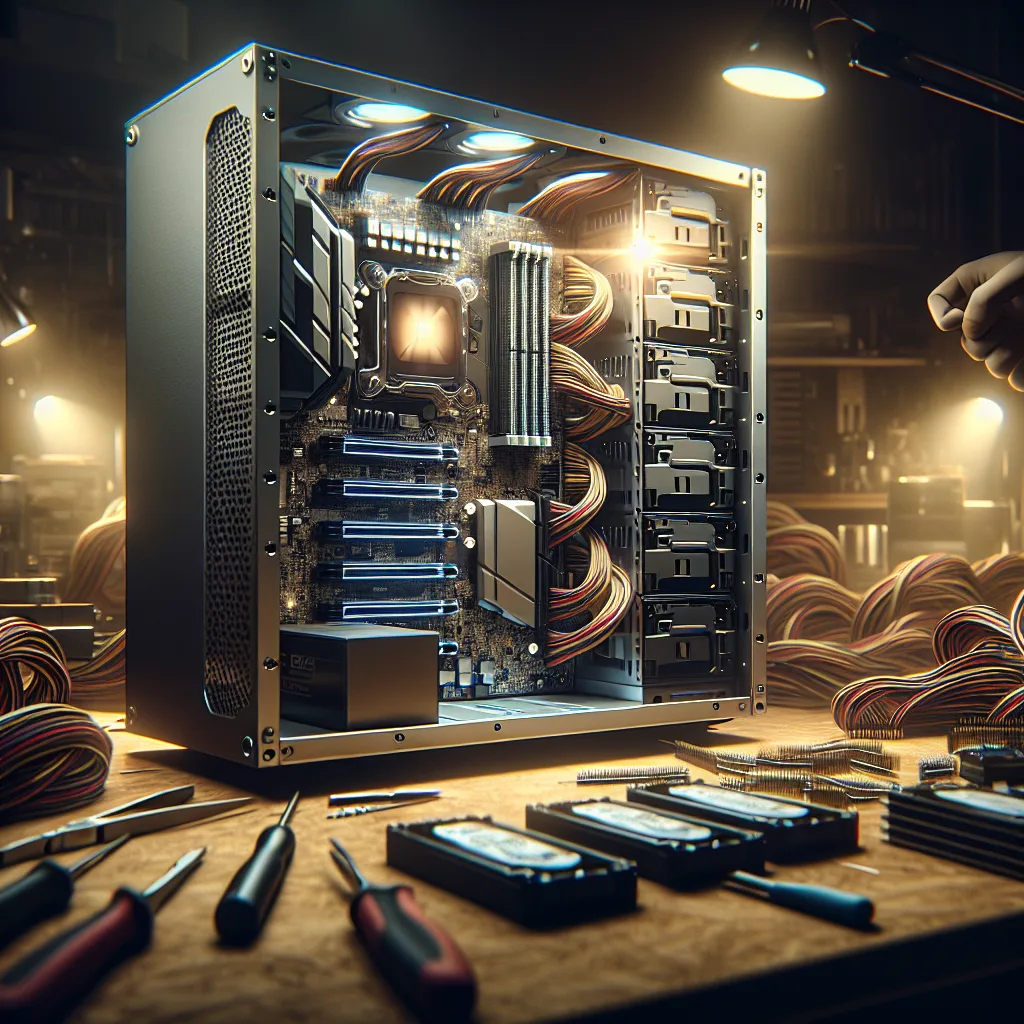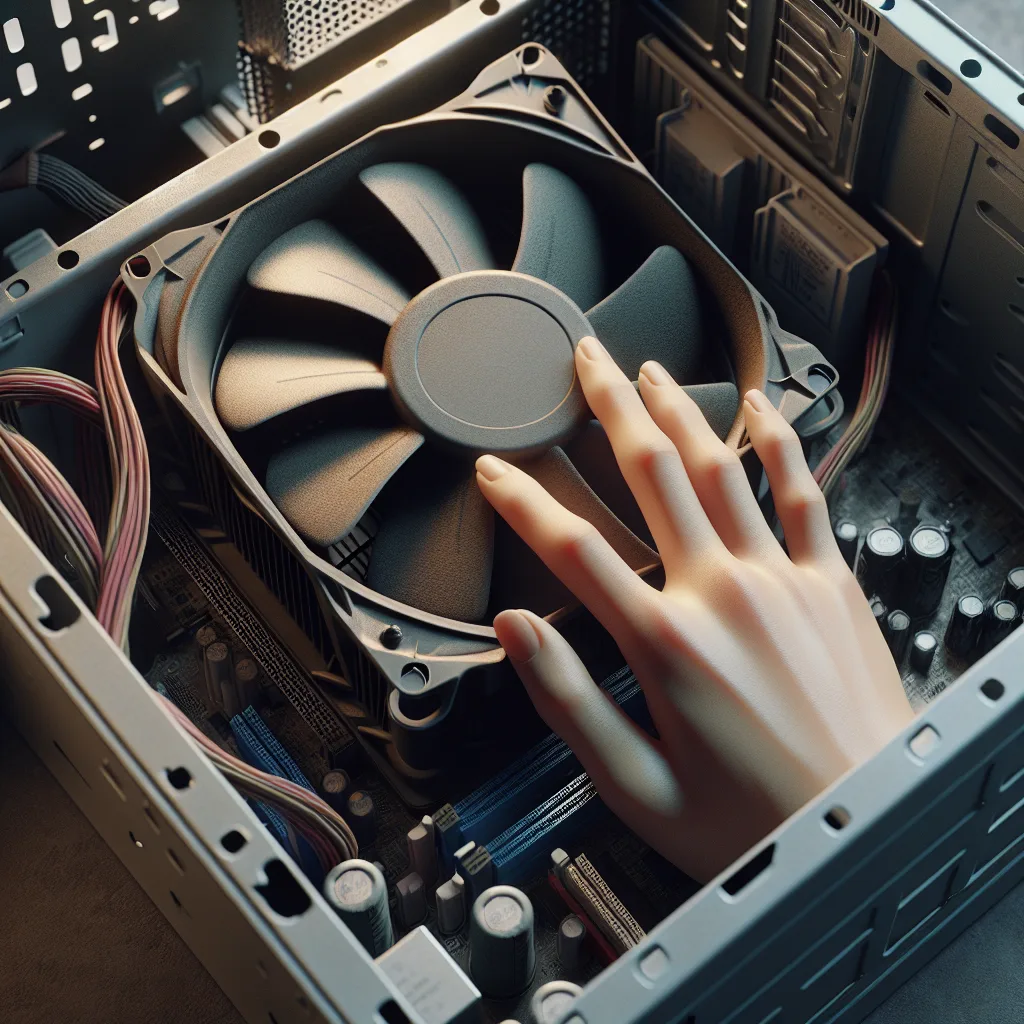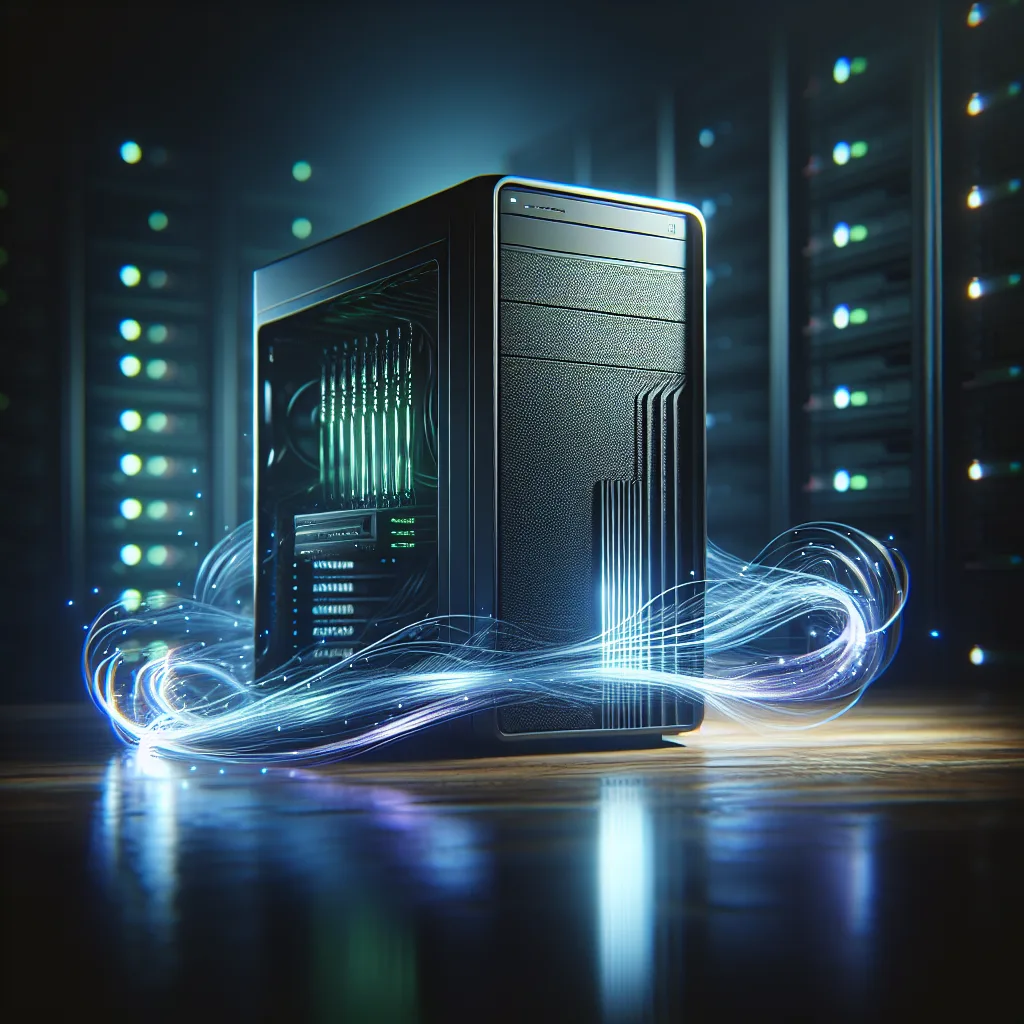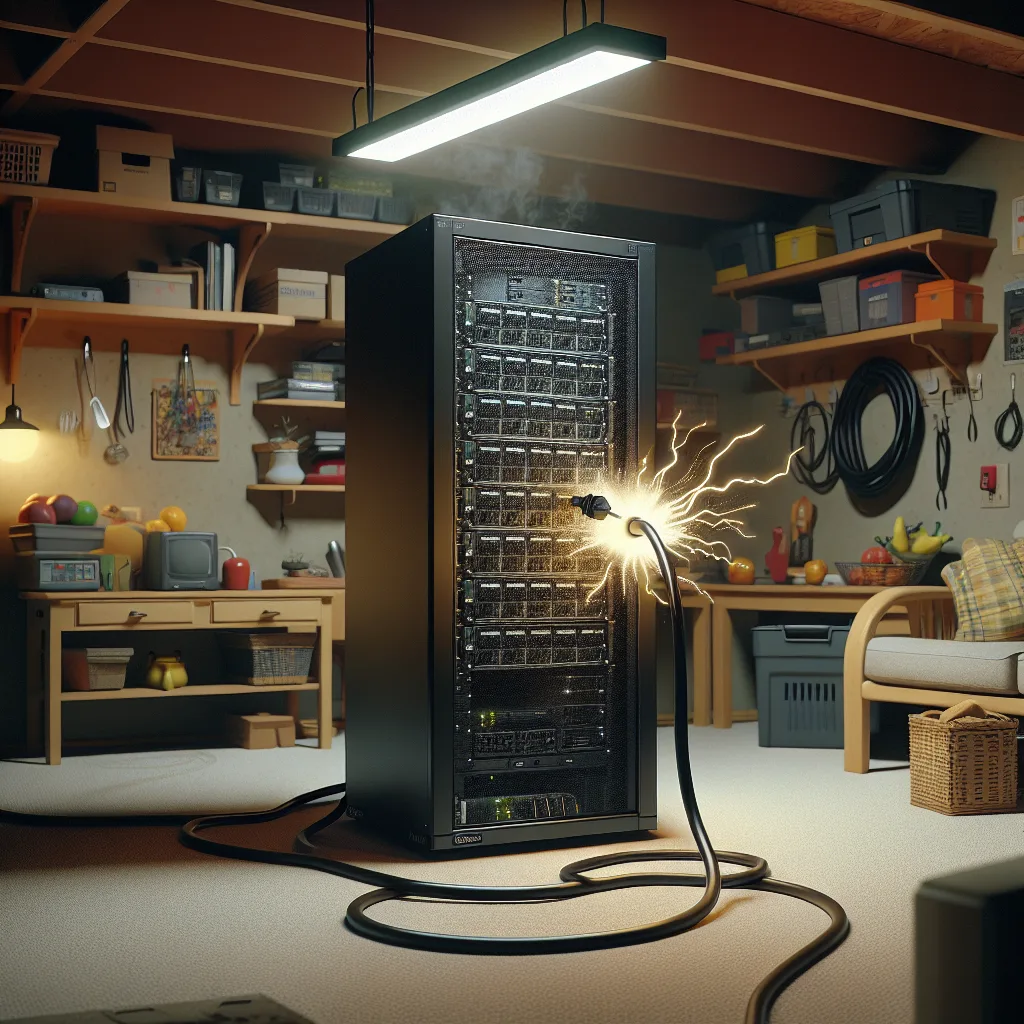Struggling to choose an OS for your off-site homelab backup? Explore the options for protecting both Proxmox and TrueNAS data in a 3-2-1 strategy.
Anyone who runs a homelab knows the feeling. You spend weeks, maybe months, getting everything just right. Your Proxmox nodes are humming along, your TrueNAS server is dishing out files perfectly, and your collection of VMs and containers is a thing of beauty.
Then comes the quiet, creeping thought: What if this all just… disappeared?
A power surge, a failed drive, a catastrophic mistake in the terminal—it happens. That’s why we all know the golden rule of data safety: the 3-2-1 backup strategy.
- 3 copies of your data
- On 2 different types of media
- With 1 copy kept off-site
I’ve got the first two parts down. My local backups are solid. But that last part, the “1 off-site copy,” has turned into a surprisingly tricky puzzle.
My Homelab’s Two Halves
My setup isn’t too complicated, but it has two distinct parts that don’t always want to play nicely together when it comes to backups.
- The Proxmox Side: I have a couple of small PCs running Proxmox, hosting all my virtual machines and containers. This is the brains of the operation. For backups, I use the excellent Proxmox Backup Server (PBS). It’s incredibly efficient at what it does.
- The TrueNAS Side: I also have a dedicated NAS running TrueNAS Scale. This is where all the “stuff” lives—media, documents, phone backups, you name it. It’s the heart of the storage.
The challenge is getting both of these systems backed up to a single, off-site machine that I plan to leave with a trusted friend in another city. My first thought was that no matter what I chose for the off-site server’s operating system, one backup process would be easy and the other would be a headache.
The Big Question: What OS for the Off-site Box?
So, what operating system should I install on this remote backup machine? It needs to gracefully handle backups from Proxmox Backup Server and pull in all the datasets from TrueNAS. After a lot of thought, I narrowed it down to a few key options.
Option 1: Use Proxmox Backup Server as the OS
This was my first instinct. Why not use the tool designed for the job?
The Good:
Backing up my Proxmox cluster would be seamless. I could just add the remote PBS instance as a new “remote” in my datacenter and set up a sync job. It’s the native, intended way to do it. All the fancy features like deduplication, encryption, and verification would just work.
The Complication:
How do I get my TrueNAS datasets onto it? PBS is designed for virtual machine backups, not general file storage.
But then I stumbled upon a clever solution: you can install the Proxmox Backup Client on another Linux system. Since TrueNAS Scale is built on Debian, it’s possible to install the client directly onto the TrueNAS machine. From there, you can write a script to back up specific datasets to the remote PBS server.
It’s not a one-click solution, but it’s a very clean and powerful one. It keeps the PBS side of things pure while providing a robust, scriptable way to handle the TrueNAS data.
Option 2: Use TrueNAS Scale as the OS
What if I went the other way and put TrueNAS on the remote machine?
The Good:
Backing up my local TrueNAS server would be incredibly simple. I could use ZFS replication (zfs send/recv), which is built right into TrueNAS. It’s ridiculously fast, efficient, and reliable for syncing datasets between two ZFS systems.
The Complication:
This makes the Proxmox side of things much harder. How would I back up my PBS data to a TrueNAS box? I’d essentially have to treat the PBS datastore as a giant file and copy it over. This would completely defeat the purpose of PBS. I’d lose the ability to browse old backups, the amazing deduplication, and the simple restore process. This feels like a major step backward.
Option 3: Just Use a Standard Linux OS (like Debian)
What about a blank slate? I could install a minimal Debian server and build my own solution.
The Good:
Maximum flexibility. I could install the Proxmox Backup Server application on top of Debian. I could also set up ZFS on the disks and use it as a target for ZFS replication from my TrueNAS box. In theory, I could have the best of both worlds.
The Complication:
This is the most hands-on approach. I’d be responsible for configuring and maintaining everything from the ground up. While PBS itself is based on Debian, starting from scratch means more work to get to a stable, reliable state. It’s a great option if you love tinkering, but it adds complexity I’m not sure I want for a critical backup machine.
What About Just Using the Cloud?
I also had to ask myself: Should I even be building a physical machine for this? Maybe a cloud provider is the answer. Services like Backblaze B2 are popular in the homelab community for a reason.
The Good:
It’s simple. There’s no hardware for me to buy, set up, or worry about. It’s someone else’s job to keep the disks spinning.
The Bad:
The cost can be unpredictable, especially if I have a lot of data. And the biggest issue is the restore process. If my local lab goes down, downloading terabytes of data from the cloud would take a very, very long time. There’s also the matter of privacy and control over my data.
My Final Decision
After weighing all the options, I’m leaning heavily toward Option 1: using Proxmox Backup Server as the OS for the off-site machine.
It feels like the most elegant compromise. It keeps the backup and restore process for my most complex systems—the VMs and containers—as simple and reliable as possible. The method for backing up the TrueNAS data using the client is a well-documented and powerful workaround.
It’s a solution that prioritizes the integrity of the most critical backups while still providing a clear path for everything else. Now, I just need to build it. But that’s the fun part, right?
